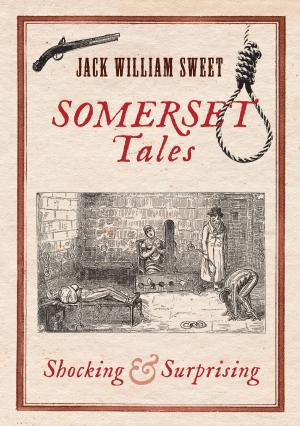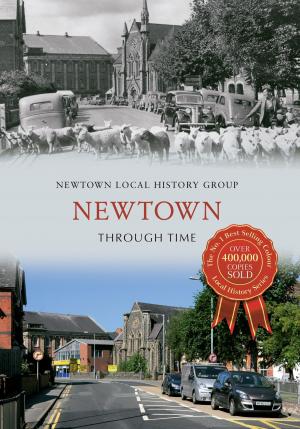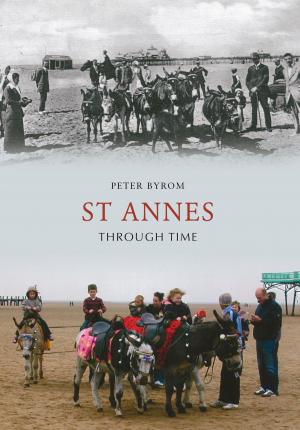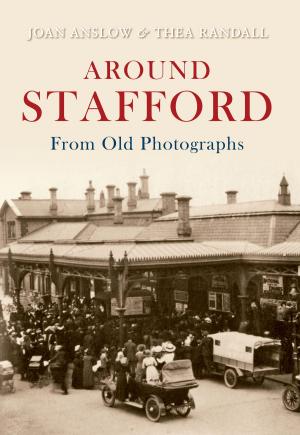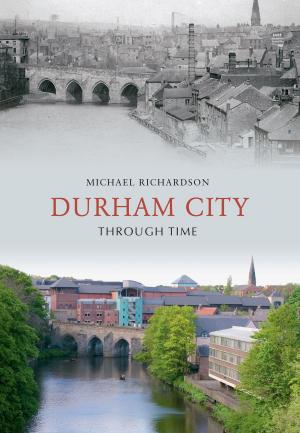Barking and Dagenham Through Time
Nonfiction, Art & Architecture, Photography, Pictorials, Travel, History| Author: | Michael Foley | ISBN: | 9781445626789 |
| Publisher: | Amberley Publishing | Publication: | November 15, 2010 |
| Imprint: | Amberley Publishing | Language: | English |
| Author: | Michael Foley |
| ISBN: | 9781445626789 |
| Publisher: | Amberley Publishing |
| Publication: | November 15, 2010 |
| Imprint: | Amberley Publishing |
| Language: | English |
Despite the close connection between Barking and Dagenham now, there was an obvious difference in how the two places developed. Built in the seventh century, Barking's abbey elevated the town into significance, while Dagenham, until quite recently, was only a small rural village. By the nineteenth century, Barking was an industrial town, its wealth growing around the town quay, while Dagenham was still focused on farming. Dagenham changed dramatically after the First World War when the Becontree estate, the largest council estate in the world at the time, engulfed the small village. Along with the new houses came new industries on the banks of the Thames and in other smaller industrial estates. As Barking spread eastward and the Becontree estate spread to the west, the space between the two towns began to disappear and Barking and Dagenham merged. However, as the pictures in this book show, among the modern buildings there are still signs of the past, when both towns were separate entities.
Despite the close connection between Barking and Dagenham now, there was an obvious difference in how the two places developed. Built in the seventh century, Barking's abbey elevated the town into significance, while Dagenham, until quite recently, was only a small rural village. By the nineteenth century, Barking was an industrial town, its wealth growing around the town quay, while Dagenham was still focused on farming. Dagenham changed dramatically after the First World War when the Becontree estate, the largest council estate in the world at the time, engulfed the small village. Along with the new houses came new industries on the banks of the Thames and in other smaller industrial estates. As Barking spread eastward and the Becontree estate spread to the west, the space between the two towns began to disappear and Barking and Dagenham merged. However, as the pictures in this book show, among the modern buildings there are still signs of the past, when both towns were separate entities.


